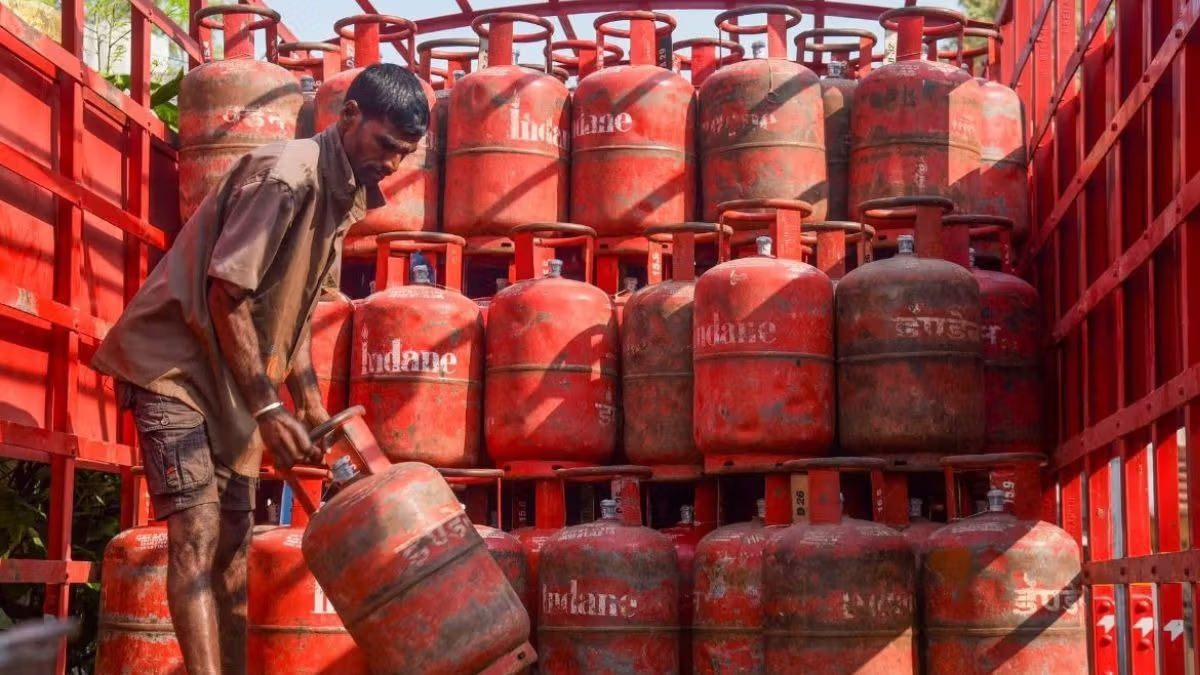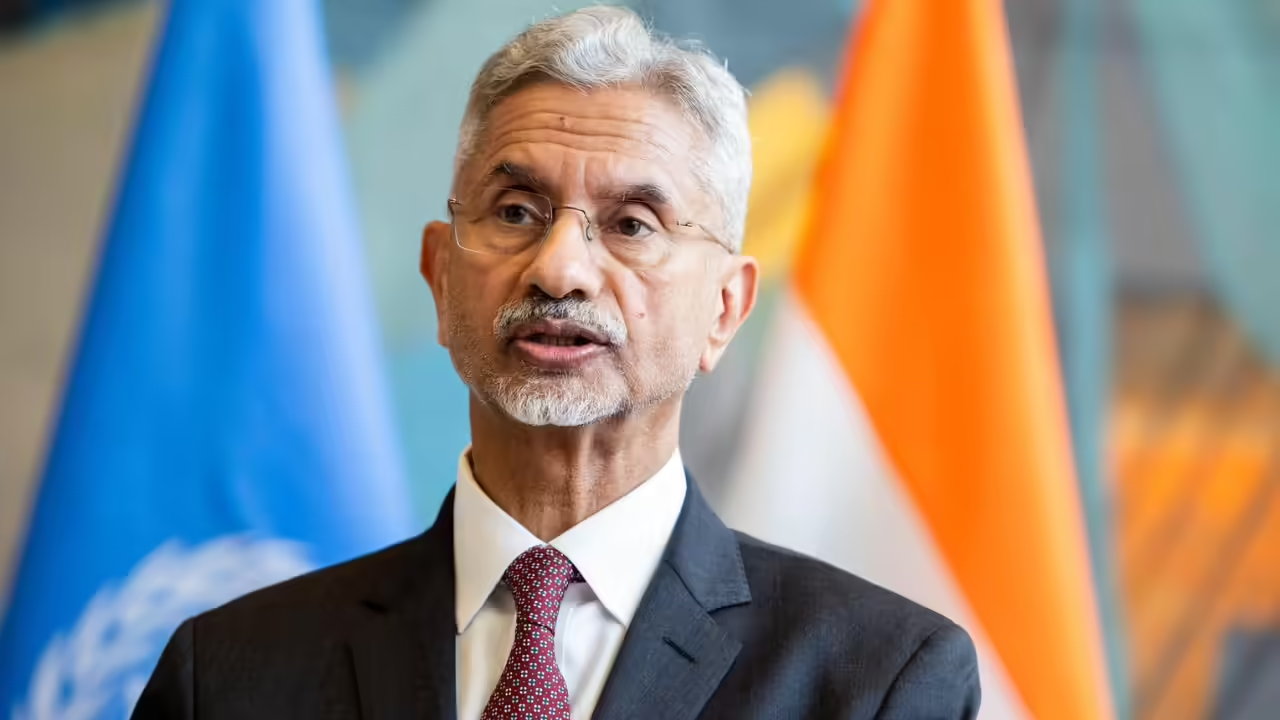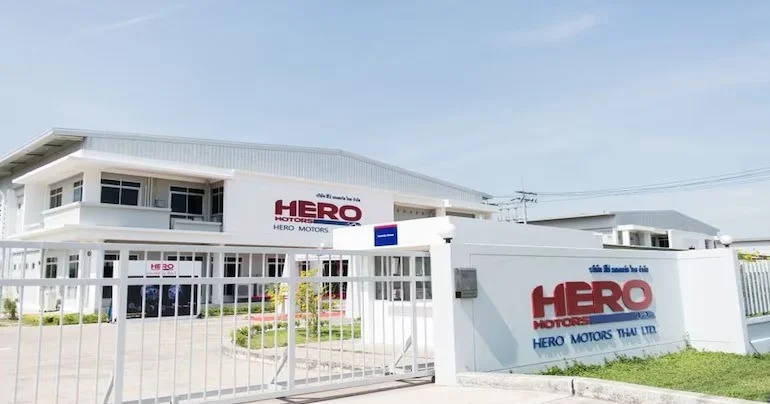Now Reading: LPG Price Cut: Commercial Cylinders Get Cheaper from July 1, But No Relief Yet for Home Users
-
01
LPG Price Cut: Commercial Cylinders Get Cheaper from July 1, But No Relief Yet for Home Users
LPG Price Cut: Commercial Cylinders Get Cheaper from July 1, But No Relief Yet for Home Users

Starting July 1, the price of commercial LPG cylinders will be reduced, bringing some relief to businesses and food outlets across the country. However, domestic consumers — who use LPG for everyday cooking — won’t see any immediate benefit. This decision has sparked mixed reactions, especially from households in Tier 2 cities where every rupee matters in monthly budgeting.
What’s Changing from July 1?
Oil marketing companies have announced a cut in prices of 19 kg commercial LPG cylinders, which are commonly used in restaurants, hotels, and small eateries. This move is expected to lower the operational costs for food-based businesses and boost consumer demand in urban and semi-urban areas.
The price reduction varies by region but is likely to make dining out and packaged food services slightly more affordable in the coming weeks.
Why No Change in Domestic LPG?
While the price drop for commercial cylinders is welcomed by business owners, there’s disappointment among households as the rates for 14.2 kg domestic LPG cylinders remain unchanged. Domestic LPG prices are regulated differently and are influenced by global fuel prices, subsidies, and government policies.
For many middle-class families in cities like Jabalpur, Nashik, and Mangaluru, the rising cost of domestic essentials remains a serious concern, and the absence of a price cut has dampened expectations.
Business Boost vs Household Strain
The decision is clearly aimed at stimulating economic activity in the food and hospitality sectors, which have been battling high input costs post-pandemic. For businesses operating on tight margins, this cut provides some breathing room.
However, critics argue that the same logic should apply to households too. With inflation already affecting grocery bills and fuel prices, many feel that domestic consumers also deserve timely relief.
Impact on Tier 2 and Smaller Cities
In Tier 2 cities where family-run restaurants, food stalls, and mess services are common, this move could improve business sentiment. Lower cylinder costs might help them maintain competitive pricing without compromising on quality.
At the same time, homemakers and working families in these very cities are left wondering when they’ll receive similar support for their cooking gas needs.
Conclusion
The LPG price cut for commercial cylinders from July 1 is a welcome move for businesses but highlights a gap in relief for ordinary households. While the government’s focus on supporting economic recovery is understandable, domestic users continue to hope for similar attention. As global energy dynamics evolve, all eyes are now on when home kitchens across India will feel the difference.
























